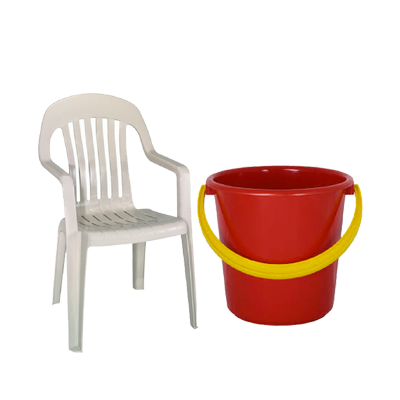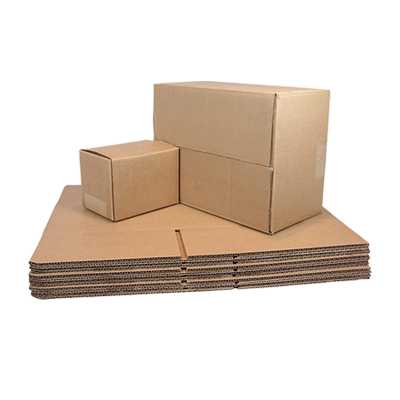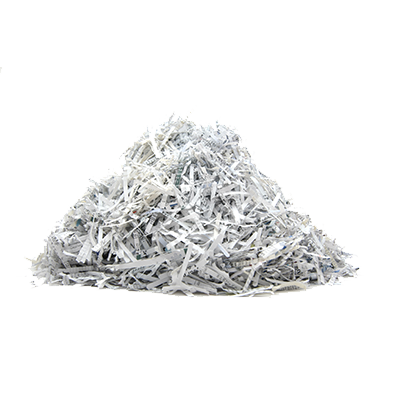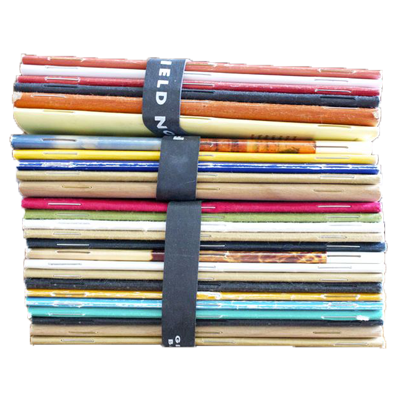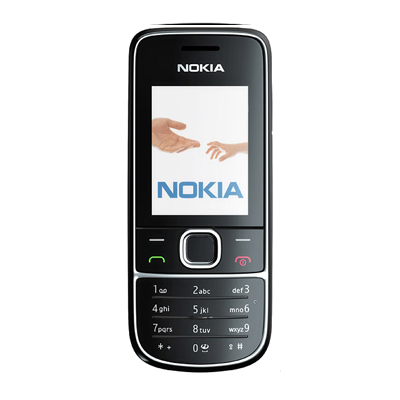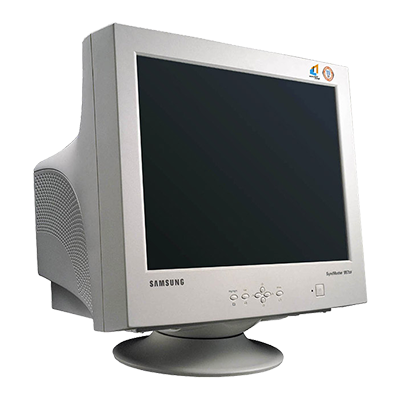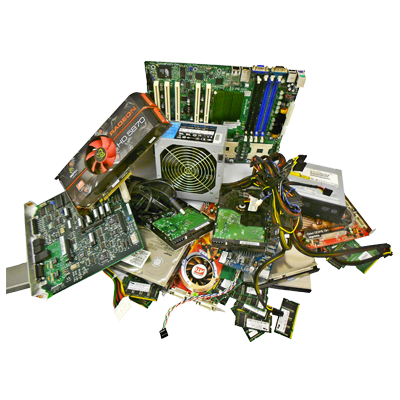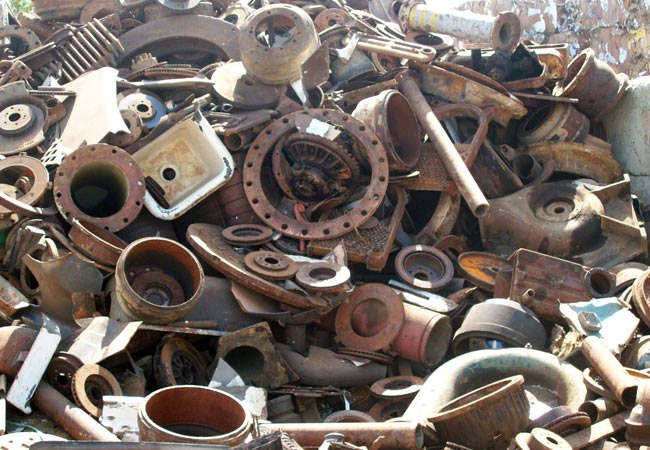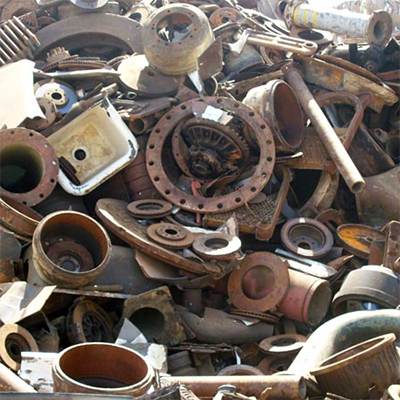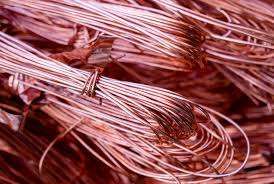
2019-11-25
Harvesting Black Gold at Your Own Home in 5 Simple Steps!
Least to our knowledge, our ancestors were very well versed in composting their organic waste very efficiently. How cool is it to have a composting history! The concept of sustainability and caring for the environment comes from our roots.
Until 1950s, when towns were still small, solid waste collection was hardly necessary. Most people had land on which they could dig a pit, Ruchhan or Saga (in Newari), to dispose of their waste. Waste was primarily organic and easily biodegradable.
Fast-forward to the 21st century, as Nepal modernizes, it faces modern waste problems. We lost contact with our roots; composting is practiced less and has been replaced by landfilling - a seemingly easier alternative. We need to reverse the narrative from unscientific dumping to 5R's i.e. Reduce, Reuse, Replenish, Rethink and Recycle.
Nowadays we are choking our land with huge amounts of waste we generate. Perhaps a better way to deal with it would be by segregating waste at its source and managing it at individual level - going back to our roots and start composting again.
Doko’s Smart Bucket will help you compost easily at home. Let's review smart bucket for home composting. Through these 5 simple steps you can manage organic waste which accounts to approx. 60% of the total household waste generation.
1. Segregation at Source
The smart bucket can only take organic or kitchen waste. So be sure to develop a habit of segregating different types of waste into different bins. (Trust me it looks way more difficult until you decide to do it.) Here are a few tips to help you sort your household waste into three primary categories:
a. Green Dustbin for Kitchen/Organic Waste: Fruits and vegetables peels, leftover food, some meat and dairy products.
b. Blue Dustbin for Inorganic/Recyclable Waste: Plastics, food packaging wrappers, tetra-paks, milk pouches etc.
c. Reject Waste: Soiled food cans, toiletries, used sanitary napkins and pads, diapers, medical waste etc. These are items termed as inert or reject waste which is sustainable options to reduce reject waste or reuse what we can before discarding.
Note: Paper items, newspaper, glass items, E-waste, etc., should be stored separately so that to avoid contamination.
Browse a list of Recyclables that Doko Recyclables accepts and to store:
https://dokorecyclers.com/images/learn/pdf/Flier%20for%20Households.pdf
Stickers for information on different types of waste:
https://www.tatwashop.com/product/getProducts?productCategoryUniqueId=qvVfpm6RXCtw6lCr
• Feeding:
a. Keep your days' worth of organic waste segregated and put it in your First Smart Bucket (approx. 1 kg/day).
b. Add 2 teaspoons of Decomposer on every new layer of kitchen/organic waste that goes into the bucket.
c. Close the lid as soon as you put the organic waste into the bucket as it may attract flies.
d. Wash the lid if you see flies or their larva.
Refer to Image 3: Daily Organic Waste feed to the Smart Bucket, Doko Recyclers MRF Site, Bhaktapur
• Fermentation Process:
a. When your first Smart Bucket is full (approximately after 20-30 days), close the lid tightly and store the bin in a cool and dark place for up to 4 weeks.
b. Check the bucket every few days until you see white mold and there is a sweet smell of fermentation.
c. Use second bucket while the first one is fermenting.
4. Harvesting
The day is here my friend - the day you've been waiting and composting for. Let's harvest some black gold and get your garden flourishing!
a. Layer equal amounts of fermented waste with soil in a box/carton.
b. Place the box in a shady place for 2-3 weeks for it to cure, after which the compost will be ready to be used in your garden. You will be surprised to see how quickly your plants will slurp it all up.
Refer to Image 4: Pre-compost ready for harvesting
5. Leachate Collection
Bonus points: every once in a while you can also get home grown liquid fertilizer.
a. Drain leachate once a week from the tap.
b. Leachate is nutrient rich with beneficial microbes which can be used as fertilizer.
c. Important , Make sure that you dilute leachate in water at 1:10 (1 part leachate to 10 parts water) ratio before you use it as liquid fertilizer.
You can also use the leachate in your drainage or septic tank to decompose organic matter faster.
Woo-hoo! By following these 5 simple steps you have become a self-certified Compostwala or Compostwali! Consider donating your excess compost to your neighbors, friends and relatives. Spread the word and enjoy the process
To get your Smart Bucket click on the link below!
https://www.tatwashop.com/product/getProducts?productCategoryUniqueId=jWmAKskwghIeESBm
Tatwashop (Sustainable Product line):
https://www.tatwashop.com/product/getProduct/fepKdjXLrM3AOeA3



